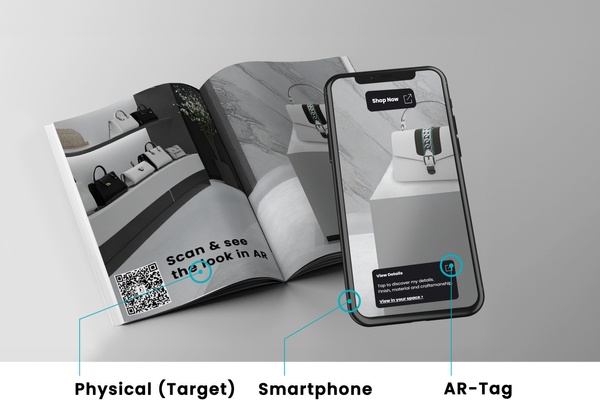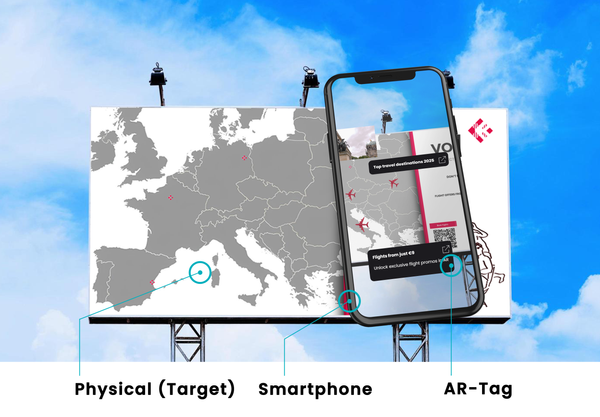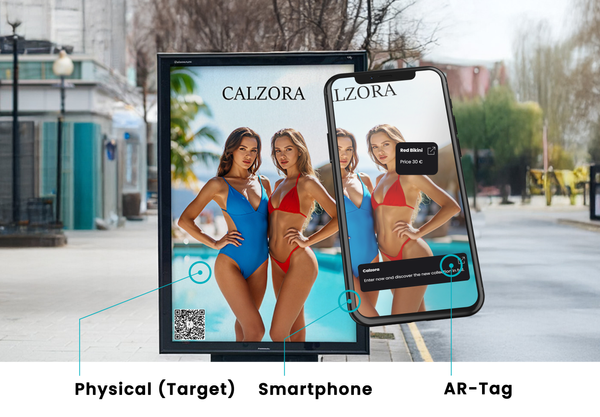Ikea and Augmented Reality: Redefining Furniture Shopping. What about you?
Ten years have passed since the first version of Augmented Reality catalogue of Ikea. The technology has evolved: today it's available, simple, affordable and billions of smartphone are already AR enabled.

Ikea pioneered the use of Augmented Reality in the furniture shopping but this technology is nowadays available and affordable to anyone.
In the ever-evolving landscape of retail, augmented reality (AR) has emerged as a game-changer, transforming the way consumers interact with products and make purchasing decisions. Among the pioneers in leveraging AR technology to enhance the shopping experience is Ikea, the Swedish furniture giant renowned for its innovative approach to home furnishing. We'll take a brief look back at Ikea's journey in the realm of augmented reality, exploring the progress made thus far, and examine the array of options currently available in this innovative space.
The first generation of Ikea Augmented Reality app
The 2014 IKEA catalogue gave you the ability to place virtual furniture in your own home with the help of augmented reality. Augmented Reality technology, at that time, relied on recognisable images as markers. By utilising distinct images as markers, such as logos, symbols, or specific patterns, smartphones equipped with AR capabilities could approximately track and overlay digital content onto the real world in real-time. Ikea ingeniously utilised their printed catalog as a marker, enabling customers to seamlessly bring furniture into their homes using the Ikea smartphone app.
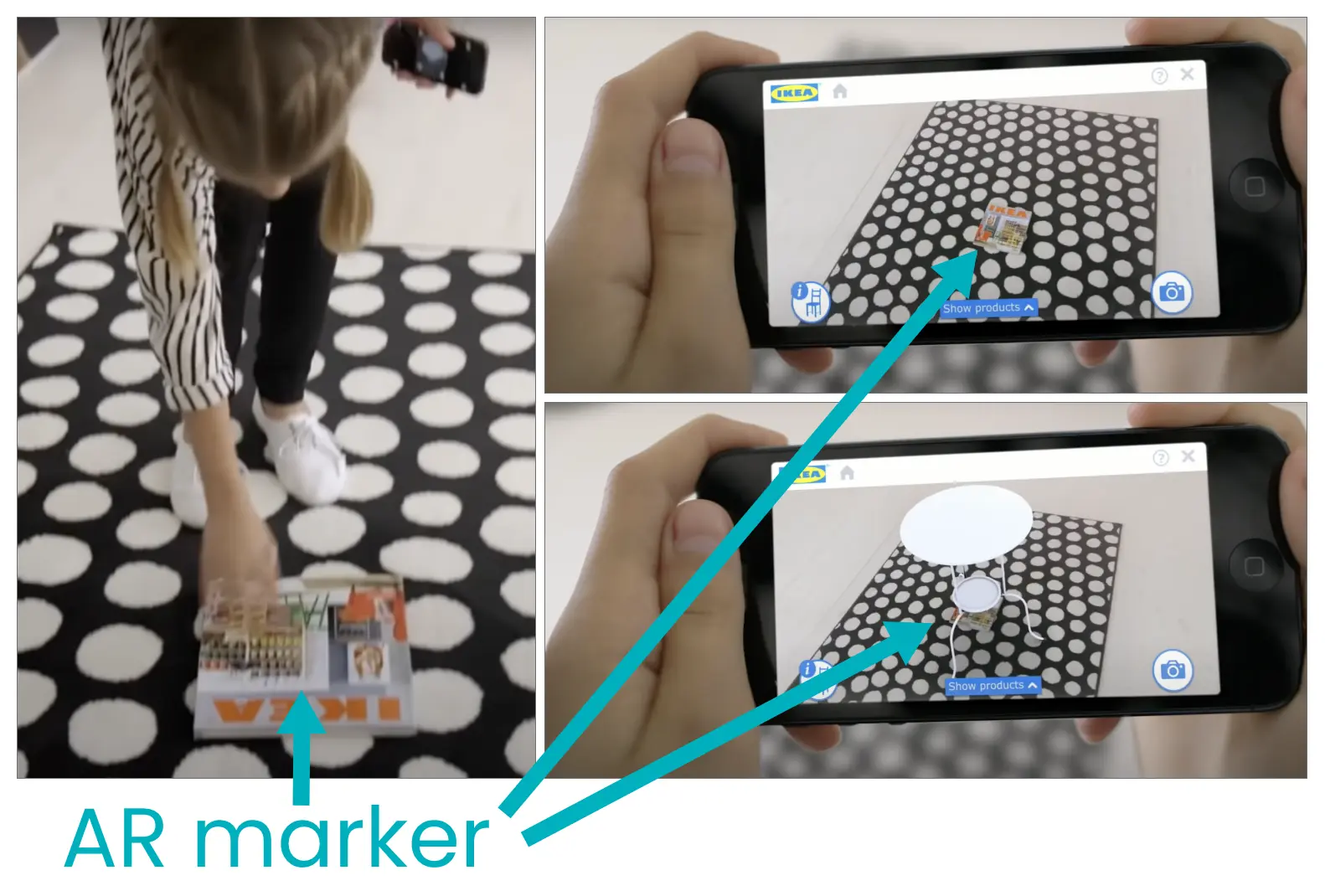
They marketed it as a fun experience for the entire family to enjoy, but... well, after the initial wow factor wore off, it wasn't particularly practical! But hey, it was 2014.
First generation of Ikea Augmented Reality app
The second generation: marker free AR
In 2017 the release of Apple's ARKit marked a monumental shift in the augmented reality landscape, introducing groundbreaking capabilities and igniting a wave of innovation across industries. The main feature was the world tracking: the AR markers were no longer needed. You could then put your 3D objects wherever you wanted, no Ikea catalogue needed. Millions of devices, already in the pocket of potential customers were enabled to these new possibilities.
Apple and Ikea partnered for the release of the Ikea Place app: Apple needed a successful showcase to prove its technology and Ikea was more than happy to upgrade the experience of their clients. This groundbreaking app allowed users to virtually place Ikea furniture in their own homes using their smartphones or tablets. By superimposing digital furniture onto the real-world environment through the device's camera, Ikea empowered customers to visualise how items would look and fit in their living spaces before making a purchase. This not only eliminated the guesswork associated with online shopping but also bridged the gap between the digital and physical shopping experiences.
As you can see in the 2017 video, the user experience had really improved.
The second generation of Ikea augmented reality app leveraging Apple ARKit technology.
Bridging Online and Offline Shopping
One of the most significant advantages of Ikea Place is its ability to seamlessly integrate with both online and offline shopping channels. While users can explore and visualise products in AR from the comfort of their homes, they also have the option to seamlessly transition to the Ikea website or visit a physical store to complete their purchase. This omnichannel approach not only caters to the diverse preferences of customers but also fosters a cohesive shopping journey that transcends traditional boundaries.
10 years later... what about you?
As augmented reality continues to evolve and mature, its potential to reshape the retail landscape is virtually limitless. Beyond furniture shopping, AR technology holds promise across various industries. By providing immersive and interactive experiences that blur the line between the digital and physical worlds, AR has the power to redefine how consumers discover, engage with, and ultimately purchase products.
Ten years have passed since the first generation of the Ikea's AR with catalogue as marker. Now we have marker-free AR and billions of devices, both iOS and Android, are AR capable. You don't even need an app anymore, did you know? You can just embed your 3D model into your website and leverage the possibilities of AR!
Make it yours with My AR Studio
With My AR Studio, showcasing products in 3D and augmented reality is now more accessible than ever. Businesses no longer need to invest in building a dedicated mobile app to offer AR experiences. Instead, they can embed a 3D viewer directly into their website, providing customers with a seamless and immersive shopping experience. Moreover, My AR Studio allows businesses to enhance their print catalogues with QR codes, unlocking interactive AR experiences with a simple scan.
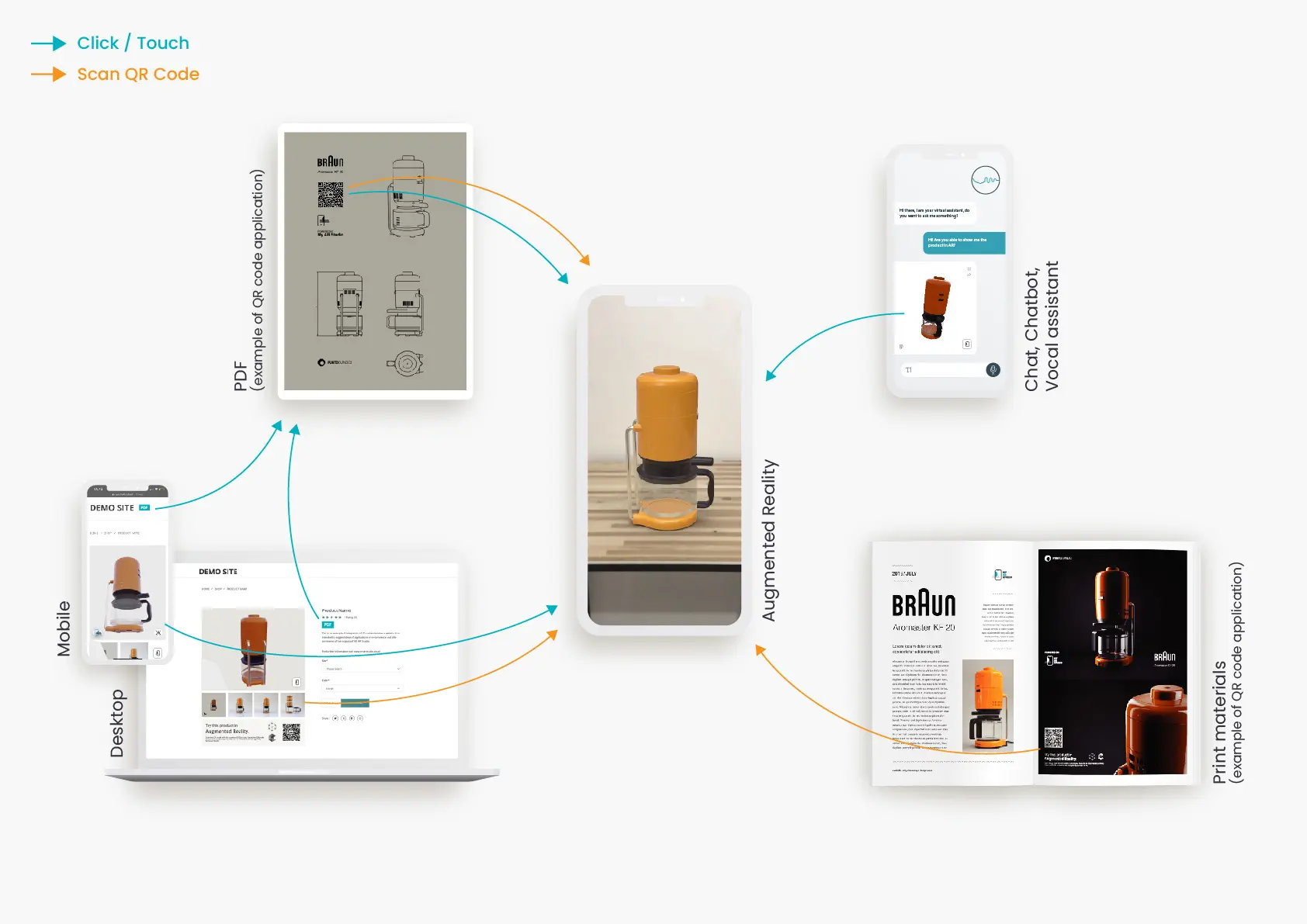
This innovative approach bridges the gap between offline and online shopping channels, offering customers a dynamic and engaging way to explore products. And perhaps most importantly, My AR Studio makes this technology affordable, ensuring that businesses of all sizes can leverage the power of augmented reality to drive growth and enhance customer experiences.

